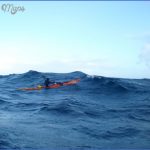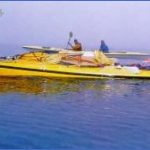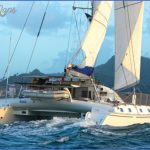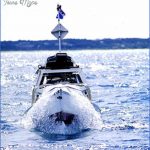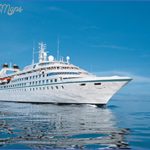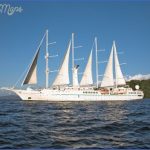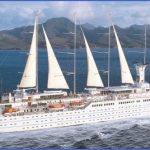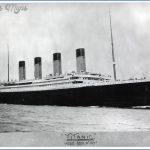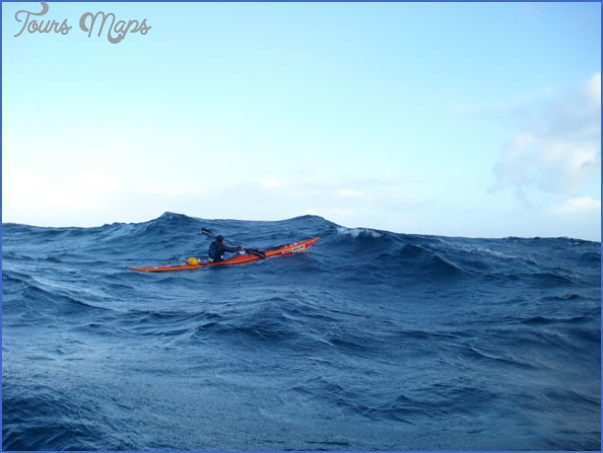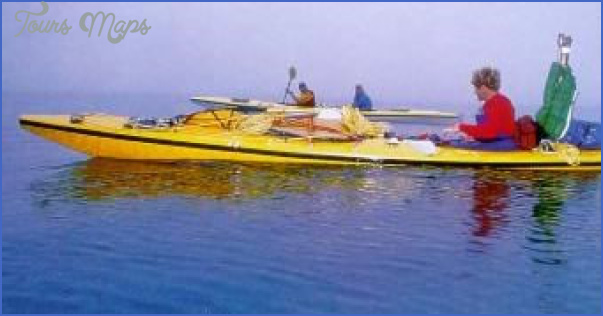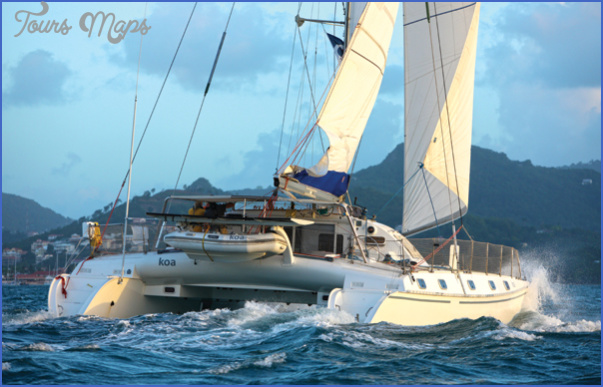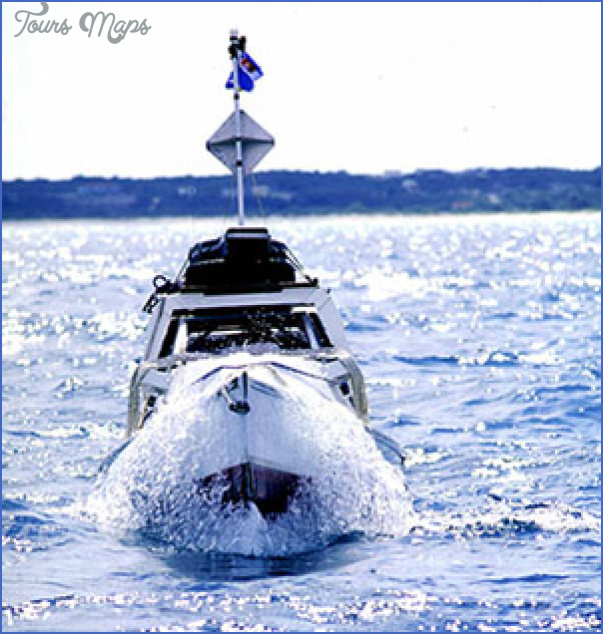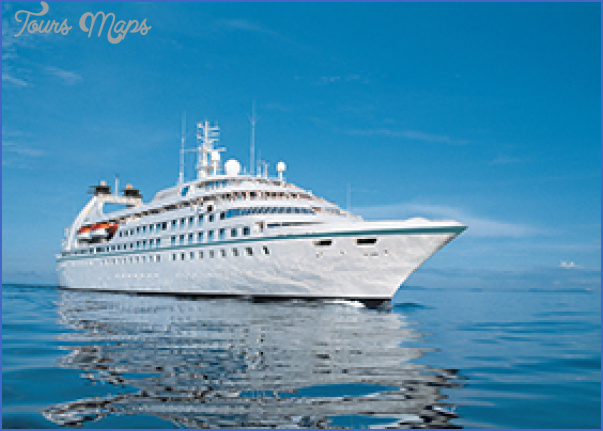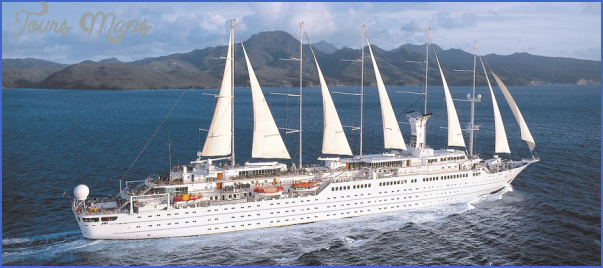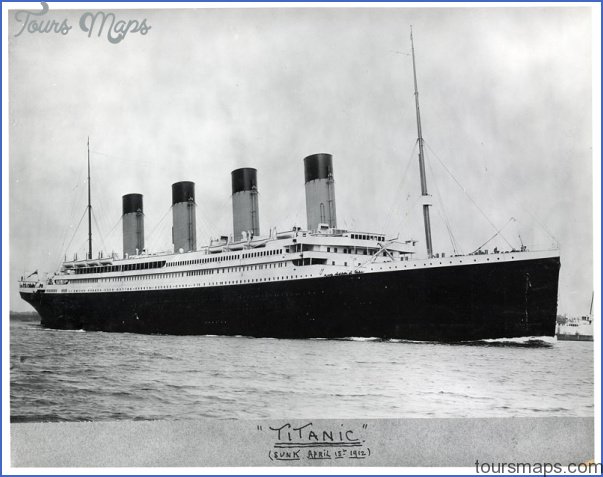If the romance of open water with nowhere to be appeals to you, then a crossing may just be the cruise for you. There are actually two different kinds of ocean crossings regular transoceanic voyages by ocean liners and repositioning cruises. Although the Transatlantic Crossing is most famous, a growing number of lines offer Transpacific Crossings from North America to ports in Asia as well.
When it comes to the first type, Cunard is the only line offering regularly scheduled transatlantic crossings, the majority of which take place on their enormous flagship, Oueen Mary 2 (p. 240 ). Typically lasting just 1 week, crossings operate between New York’s Brooklyn Cruise Terminal in Red Hook and the Ocean Terminal in Southampton, England; a port city located approximately 90 minutes south of London that served as the embarkation port for the ill-fated RMS Titanic. All of the days are sea days (there are no ports to visit on this route); the appeal is the luxury of peace and quiet. Days at sea are spent reading often on deck with a wool blanket and a cup of bouillon, relaxing in the massive Canyon Ranch Spa, or participating in the sophisticated enrichment program built around guest lecturers and visiting academics and notables. Cunard regularly hosts musical guests like the National Symphony Orchestra, James Taylor, and jazz legends as part of their BlueNote Jazz at Sea crossings.
The second type of crossing is a repositioning, when a ship moves from one part of the world where it has spent a season to another for example, from the Caribbean to the Mediterranean. Many ships do this twice a year, and while there’s still a block of uninterrupted sea days in the middle of the voyage, the sailings tend to offer a few ports on either end of the ocean. For example, westbound repositioning voyages typically stop in Ireland, the Faroe Islands, Iceland, Greenland and Atlantic Canada on their way down to Montreal, Boston or New York.
So just how smooth is the ride? That depends on a great many factors, from the size of the ship, to the stabilizers, to the weather. Spring and summer crossings offer some of the best weather and sea conditions, particularly further south where the weather is warmer, while North Atlantic crossings can get stormy in the winter months. We’re huge fans of the transoceanic crossing, and we’ve had seas ranging from calm-as-glass to hold-onto-your-hat (though the latter is rarer than one might expect).
On the other side of the world, transpacific crossings are offered once or twice a year by ships repositioning from Asia to Alaska and the West Coast of North America. One of our favorite itineraries, offered by Holland America and Silversea, departs from Vancouver in the fall bound for Alaska, Unalaska (think Dutch Harbor and Deadliest Catch ), Russia’s Kamchatka Peninsula, and If you don’t mind being at sea for an extended stretch (indeed, that’s the appeal of these voyages), a transoceanic crossing is one of the best cruise values out there, with per diems that are far below typical cruises that span 2 weeks or more. The only exception to this is Oueen Mary 2, which commands decent fares year-round thanks to her status as the world’s only modem ocean liner.
PREPPING FOR THE CRUISE
Packing, budgeting, embarkation.. .oh my! There are a number of tasks you’ll need to accomplish before you can board the boat and start to relax. Here’s a quick rundown with our (hopefully) helpful tips, plus some info on shipboard customs, fees and scheduling that you’ll want to know well before your trip.
Ocean CROSSINGS Photo Gallery
Maybe You Like Them Too
- STAR CLIPPERS CRUISES TRAVEL GUIDE
- JAMAICA CRUISES
- TRAVEL TO CABO SAN LUCAS CRUISES
- NORWEGIAN CRUISE LINE CRUISES TRAVEL GUIDE
- Passports & Identification FOR CRUISE TRAVEL

